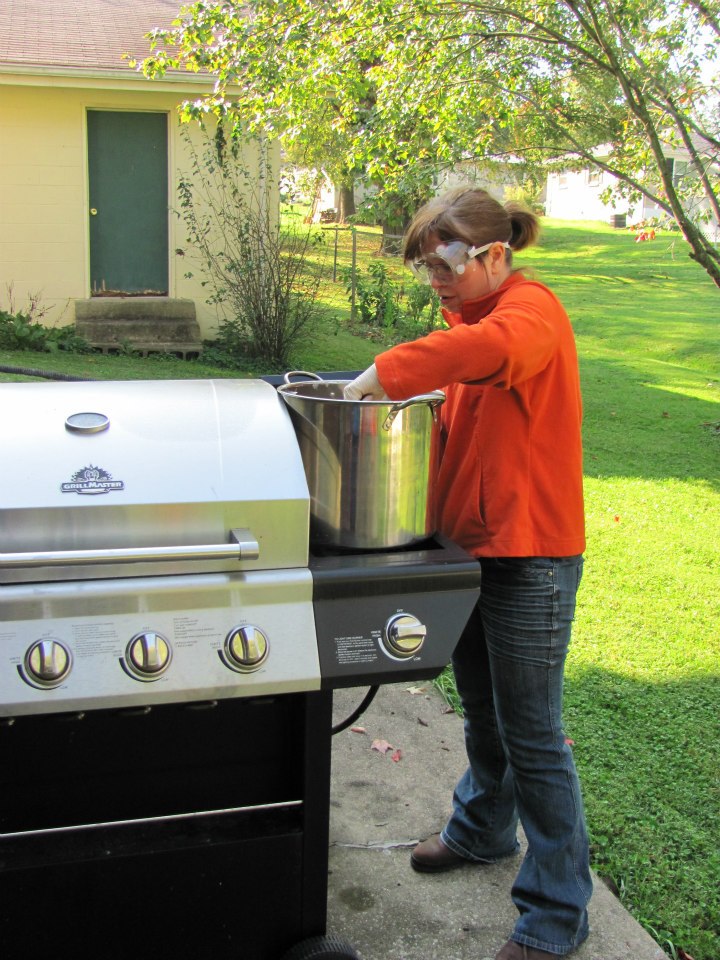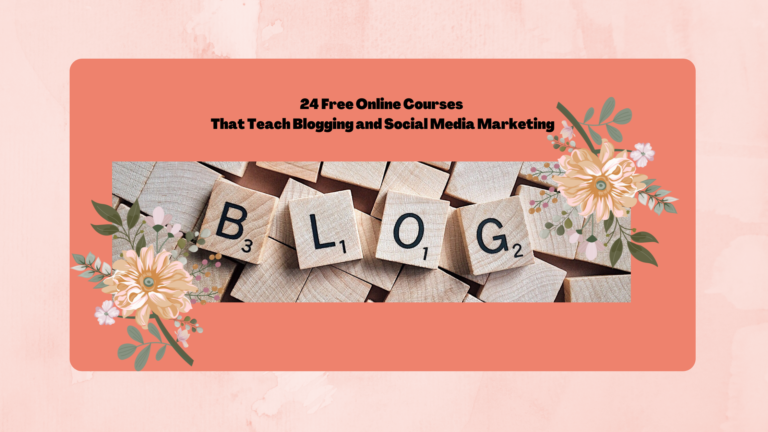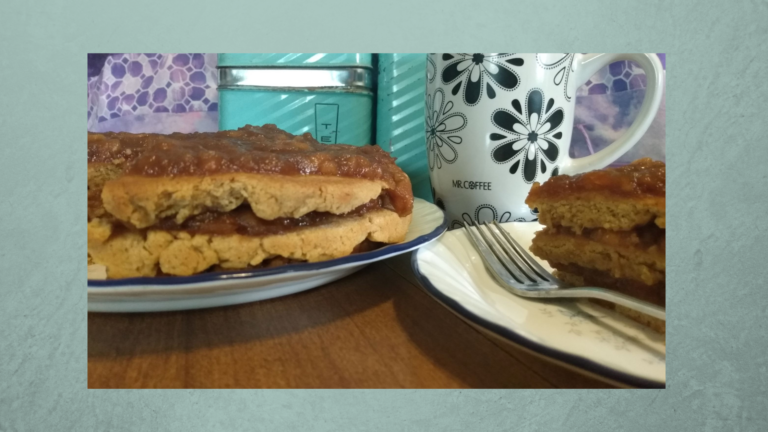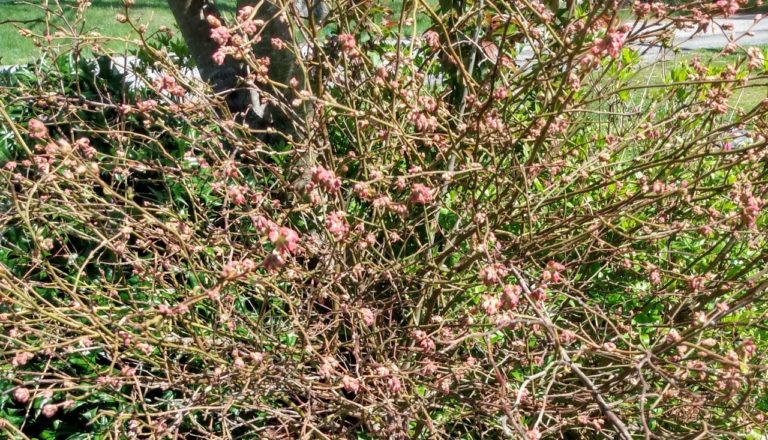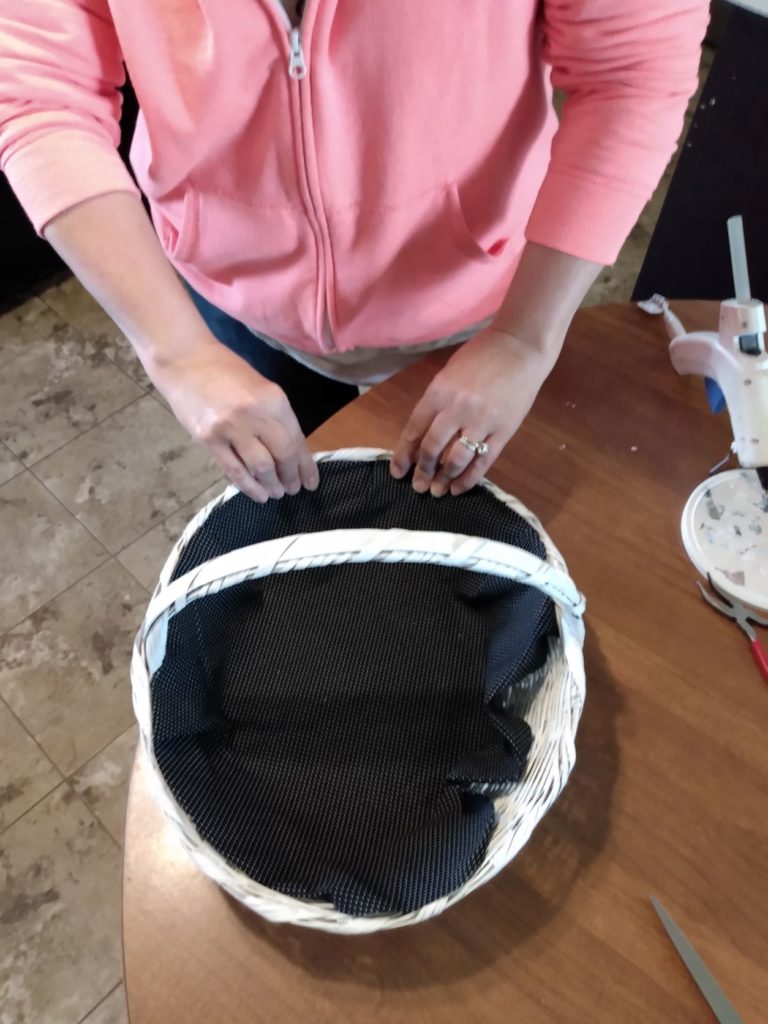So You Are Thinking About Making Soap


I knew even as a child that soap making would be part of my future. It was a tradition that I wanted to carry on. Though Grandma didn’t use additives in her soap, another of my mentors showed me how those simple additions changed a utilitarian necessity into a luxury. Whether you are an avid gardener and are looking to find a way to utilize your botanical treasures, or simply love the idea of producing pure products to use on your skin, making artisan soaps can be an amazing hobby, or even a nice side income.
If you love quality skin care products and don’t mind a bit of work, then crafting soap may be for you. I have listed a few things that I would have liked to have known when I started out, along with basic information to get you started along your soaping journey.
What Produces Soap
Lye is another name for sodium hydroxide. It is the chemical used in soap production. It comes in both a liquid and solid crystal form. All soap heats up somewhat from the chemical reaction of the lye, water, and oils as it is being made in a process known as saponification. Lye can be purchased at online soap supply sites. It is a very dangerous if used incorrectly. Precautions need to be taken in storing and using lye, and disposing of empty containers.
Two Methods Of Soap Production
There are two methods for producing soap, hot process and cold process.
Cold Process Soap: When soap is produced without an additional heat source, it is known as “cold process soap”.
Hot Process Soap: If an additional heat source is used to actively boil the soap (such as a hot plate, crock pot, or open fire to speed the saponification process) then it is “hot process soap”.
Making hot process soap can be a temperamental process. In my opinion, cold process soap is both easier to make, and often produces a more reliable result. Most beginning soap makers start out using the cold process method. I will also add here, that although you can buy melt-and-pour premade soap to add fragrance to, it is not truly a homemade, hand-crafted artisan soap. Still, I have friends that used melt-and-pour before moving on to making soap from scratch. It may be a good place to start.
Creating A Wonderful Product
Additives to soap can include colorants, herbs, dried flowers, botanical infusions, essential and fragrance oils, and extra oils and fats for superfatting. Though additives can make your product more visibly appealing and aromatic, keep in mind that any substance that comes in contact with skin may be either an allergen, or skin irritant, for some individuals. In fact, both of our kids are allergic to chocolate and cocoa butter. I made all of the soap that we used at home for this very reason. Always label your soap listing all ingredients, especially if you intend to sale your soap.
Things To Know Before You Start:
- Use only Stainless Steel Pots (never use aluminum as it can explode).
- Utensils can be stainless steel, plastic, or wood (never aluminum )
- Always wear eye gear and gloves.
- Keep children and pets away from lye.
- Never use items that have been use for soapmaking for cooking or serving food
- Read all instructions carefully.
- Keep a list of safety precautions on hand to review each time before you begin. It is often when we have gained experience that we become complacent of safety procedures.
I would advise that you find a book or resource that teaches soap making basics, including safety tips and measures. As much experience as I have, I never work without protection on my hands, and eyes. I cannot emphasize enough that working with lye can be dangerous. Understand the risks involved and follow safety instructions to the letter. I also wear long sleeves, and work boots. Lye can splash easily, or spills may occur. Never let kids near your work area, and make sure any containers that have held active lye are never in the reach of a child or used for food. Also, as your soap is curing, make sure that it is out of reach of pets or children as it will still contain active lye, which can be dangerous if ingested, or if it meets the skin.
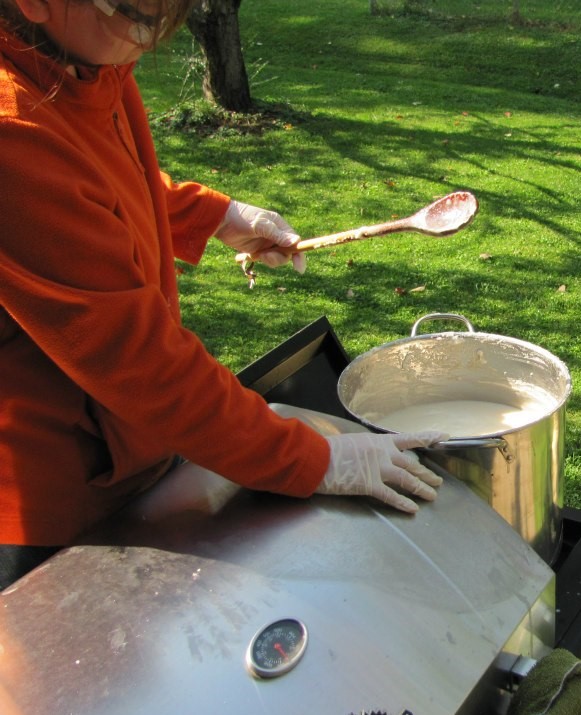

Selling Your Product
Selling Soap has rules and regulations. Do your research to find out what standards have been put in place in your state before marketing your product. Again, to avoid any issues with allergens, if you use your soap molds for different soap blends, make sure that is stated as well. Also take into consideration whether you are required to have a business license, and if you need liability insurance.
What I Wish I Had Known
When I started making soap, the first thing that I did was purchase soap molds. Looking back, I wish that I had thought about using plastic containers from bought items such as yogurt, butter, etc. They may not make the prettiest soap, but as long as the container is thick enough to not collapse, or melt easily, it should work. Just make sure that you have enough containers on hand to hold your finished soap. Always take care when ladling your soap into molds, and wear gloves during the complete soapmaking process and clean up. Later, if you decide to stick with soap making you can invest in larger, or prettier, molds.
All oils and fats have different saponification values.
Essential oils and Fragrance oils are not the same thing.
Buy only the basic supplies at first (I tend to get excited and spend too much when starting a new hobby).
Recourses, Recipes, and Supplies
My favorite site for buying soap making supplies is Bramble Berry, but there are many sites online that sell supplies. Several of these sites will offer free saponification calculators and free recipes. My favorite book on soaping is Soapmaking For Fun and Profit. This book has an amazing overview of terminology, safety precautions, and other considerations (especially for those interested in selling their product). For me it is my soapmaking bible.
Below is a short list of sites that offer supplies, and books that I use as resources. None of the sites, or authors, are affiliates to this blog. They simply are some that I prefer.
Online Resources:
https://www.brambleberry.com/ (This site offers a lye calculator, recipes, and supplies. They also offer how to videos on YouTube).
https://www.amazon.com (They offer soap molds and mica powder for coloring soap).
https://nurturesoap.com/ (This site offers a lye calculator, fragrance calculator, and supplies. They also have a nice blog worth checking out.)
Video Link
YouTube Video for beginners: Elly’s Everyday Soap Making Tutorial https://youtube.com/watch?v=Kc7duzDEa6Y
Books:
Natural Soapmaking, by Marie Browning;
The Complete Soapmaker, by Norma Coney;
Soapmaking For Fun & Profit, by Maria Given Nerius.
The Foxfire Book, Volume 1, by Eliot Wigginton
Thanks for dropping by,
Safety First, and Happy Soaping!
Vikki

